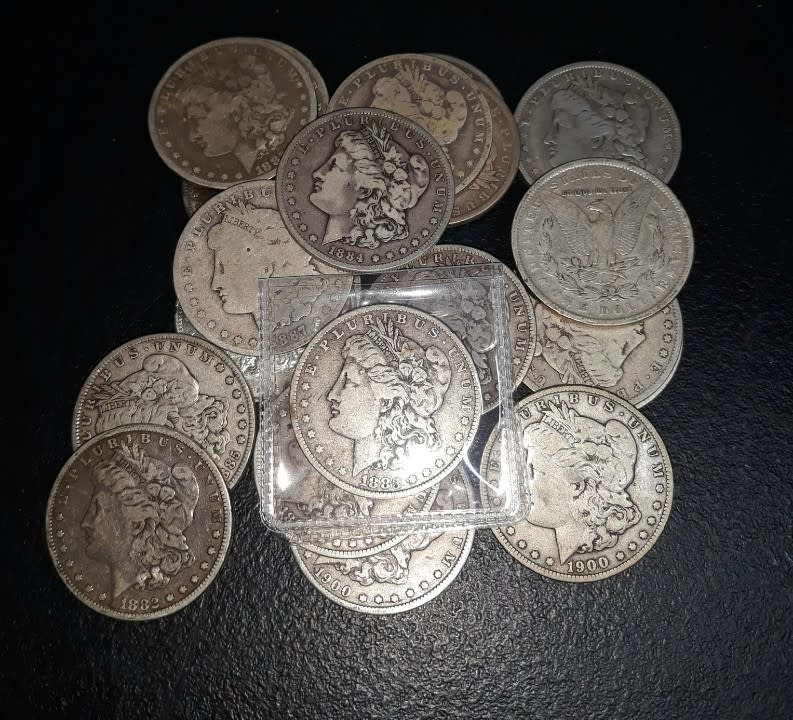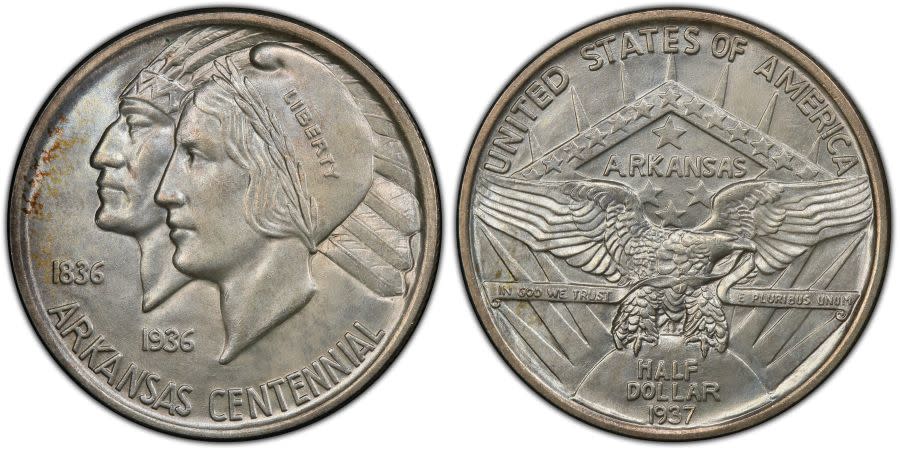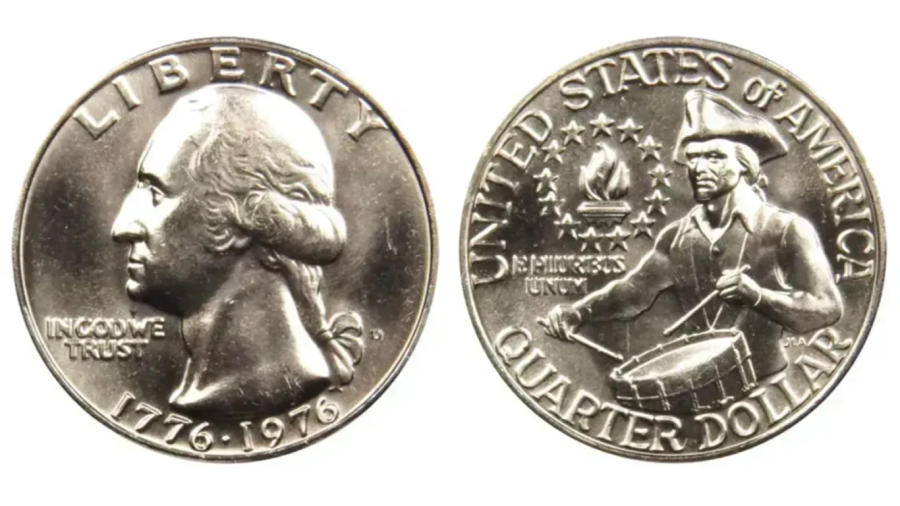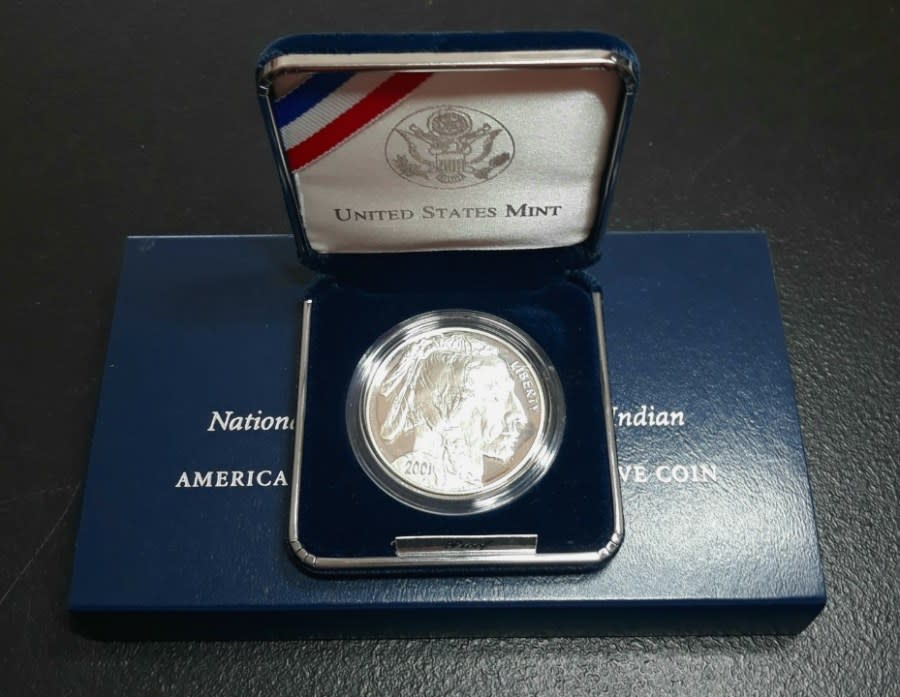Commemorative coin collecting becoming increasingly popular

MINDENMINES, Mo. (KSNF) — Over the past few decades, commemorative coins have seen a significant rise in popularity, capturing the attention of both coin collectors and the general public.
It can be easy to confuse circulating coins and commemorative coins, especially since both can be collected. However, commemorative coins are usually favored by collectors due to their limitations and/or event in which they have been produced for.
Circulating coins are legal tender with a specific face value, and are usually issued by a state or country. Circulating coins can be used to pay for goods and services.
| Many Buffalo Nickels Worth More Than Five Cents >
Commemorative coins are different in that they are often issued to mark important events or to pay tribute to notable individuals, and have become increasingly sought after for their designs and limited availability.
Commemorative coins are rarely found in circulation and are more attractive to collectors (numismatists) who want to obtain coins which are worth more than their face value.
There are three types of commemorative coins:
Classic Commemoratives (issued between 1892 and 1954) — Most were intended for circulation at the time, but now have collectible status due to the low mintages and their composition of silver and gold (example: Arkansas half dollar).

Modern Circulating Commemoratives — Intended to be used for commerce, however the design will only be issued for a limited time and often commemorates an event, anniversary, person, or location (example: U.S. Bicentennial quarter).

Non-Circulating Legal Tender (NCLT) — These coins are legal tender, and in theory can be used to purchase goods or services, however they are not intended to be used this way. NCLT coins are usually produced in silver or gold and are intended as collector’s items (example: American Buffalo commemorative coin).

| Wheat Pennies Could Bring You A Pretty Penny >
Dave Sorrick, a coin expert and collector at In God We Trust, LLC says one of the main factors contributing to a surge in commemorative coin collecting is their ability to capture the significance of historic dates and events. A good example, Sorrick says, would be the bicentennial celebrations of the United States in 1976, and those who were alive to witness those celebrations.
“Commemorative coin collecting is a very diverse and interesting field. I’ve watched folks build sets and collections off of some very unique themes. There are people who like boats and you can find a number of coins that feature boats. There’s some that feature particular animals, like the American bison or the bald eagle. It has been my experience that it takes a person a little bit of time to figure out what they really like and enjoy, but that’s how collecting starts,” said Sorrick.
| Check Your $2 Bills — They Could Be Worth Thousands >
When it comes to commemorative coins, many are being sold on the idea that obtaining a large collection of commemoratives will yield future financial gains. Sorrick says a recent surge in television ads for commemoratives have helped fuel this misconception.
According to Sorrick, commemorative coins tend to be vehicles of poor financial investment. However, they can be a good investment in learning — helping to teach history, geography, economics, and politics.
“I typically talk about the hobby and not too much about investment. Having said that though, there are coins that retain value and are particularly interesting in terms of as we project them down the road, and those would be the gold and silver commemoratives. For example, the buffalo dollar has retained value and probably could increase in value because of collector demand. All of the others are basically tied to the spot price of silver and gold,” said Sorrick.
To help a collector gain knowledge and grow their compilation of commemorative coins, Sorrick recommends going to coin shows, joining local coin clubs, or visiting with numismatic experts.
“It’s probably gonna take some research on the part of the enthusiast, to develop their own preference regarding the coins they want to start a collection with,” said Sorrick.
Copyright 2024 Nexstar Media, Inc. All rights reserved. This material may not be published, broadcast, rewritten, or redistributed.

